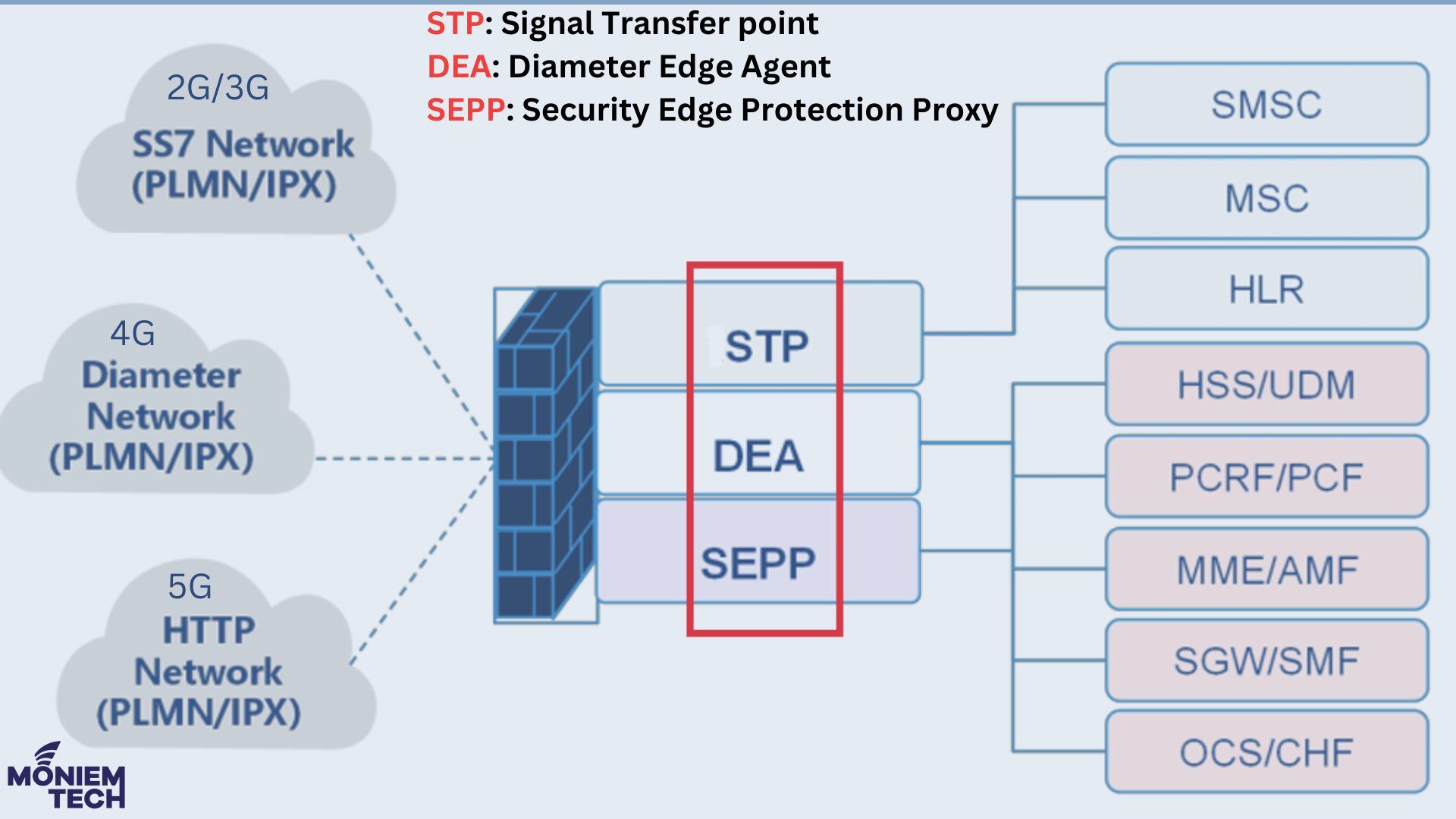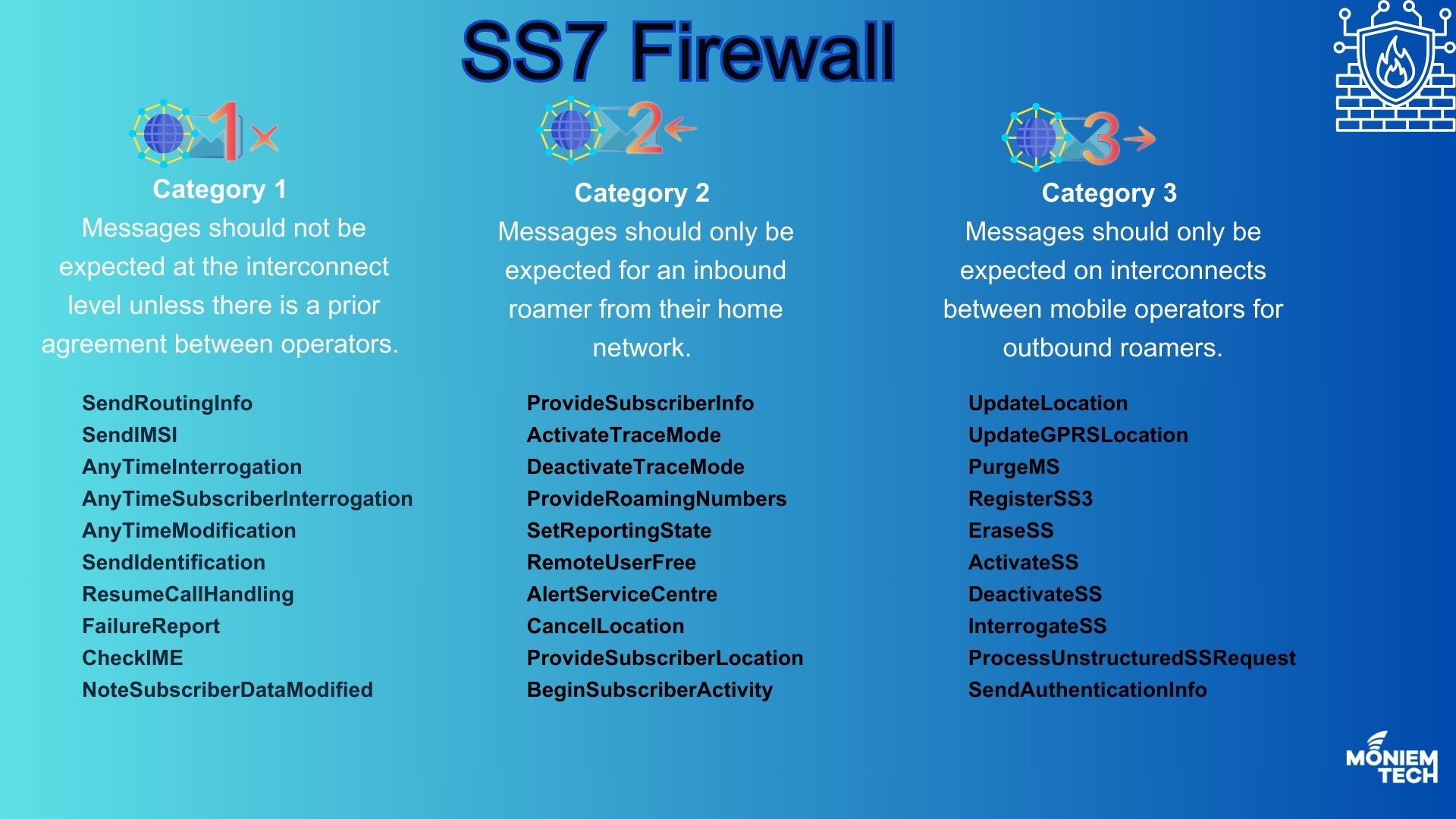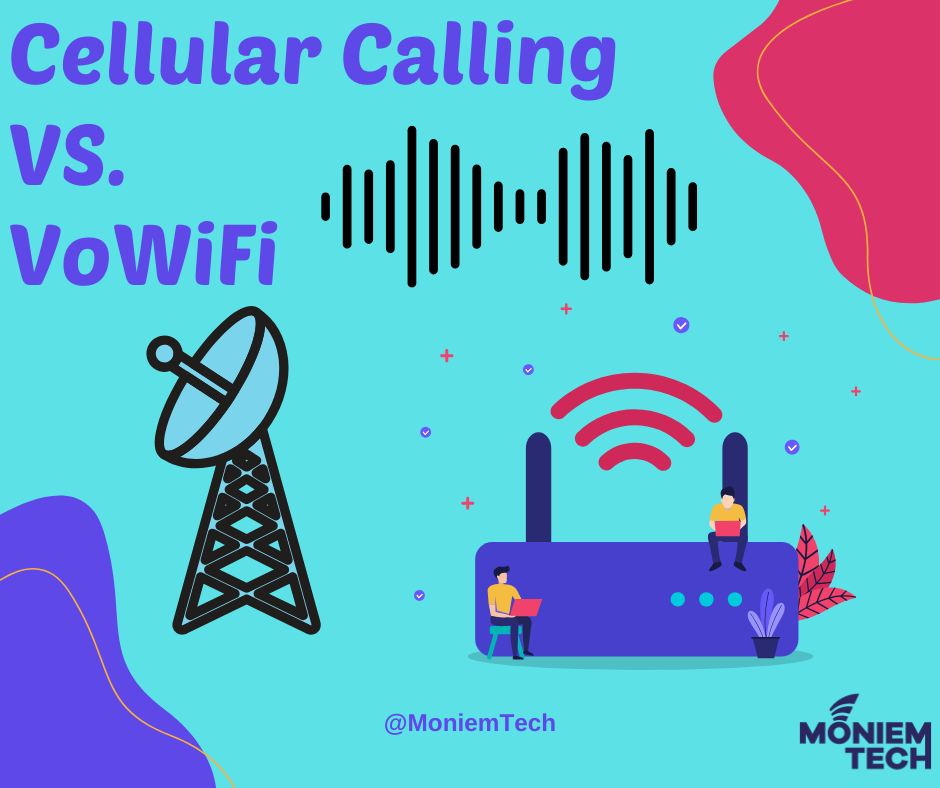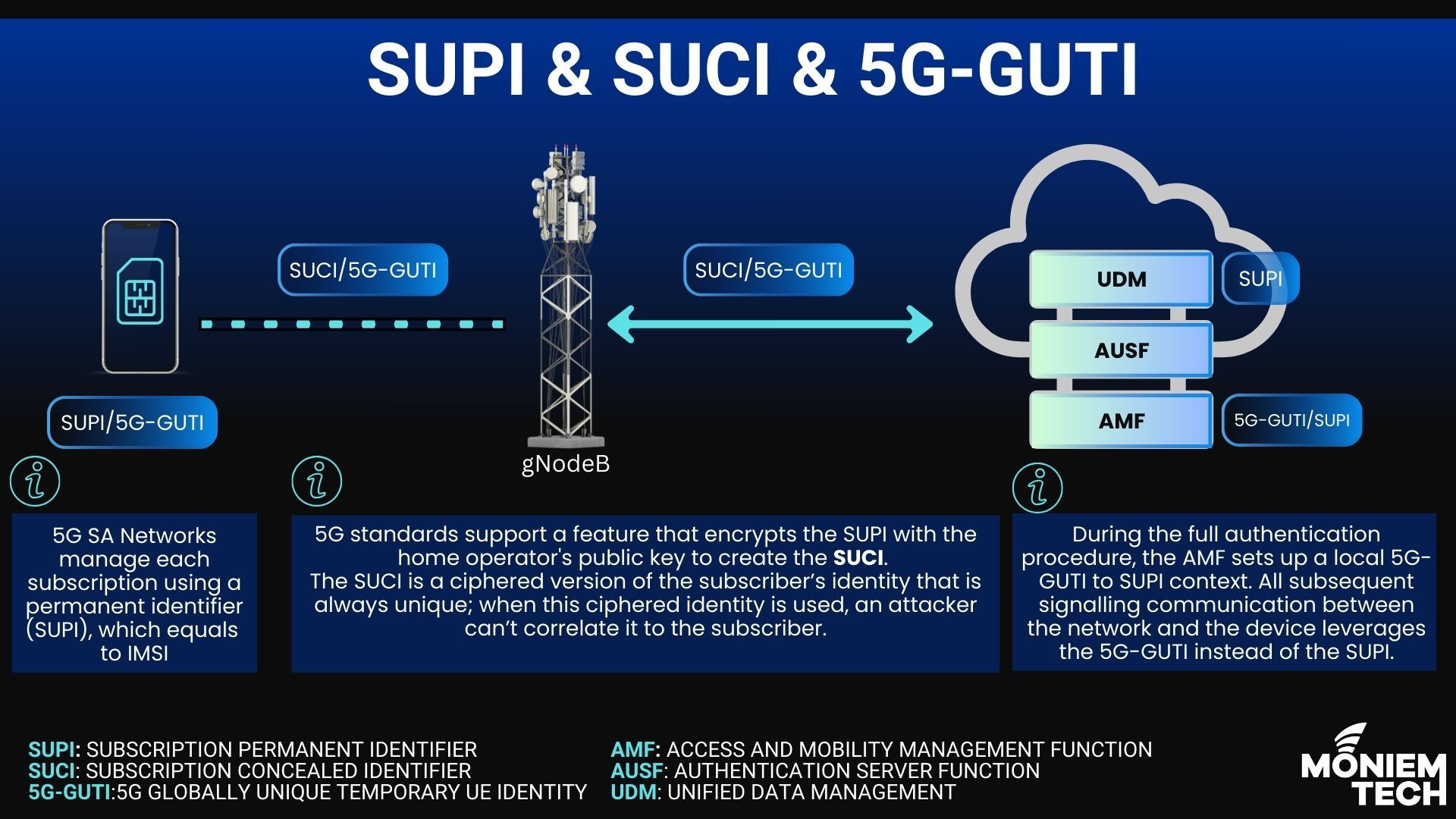?5Ghoul is the name given to a set of 14 newly discovered vulnerabilities in Qualcomm and MediaTek 5G modems, disclosed in December 2023 by researchers from the Singapore University of […]


? The first 2G mobile network in the world was launched in Finland in 1991, marking the first digital mobile network and replacing analogue 1G systems. ? The Nokia 1100, […]

The Question is Actual 5G or Icon-only 5G! Recently, a new mobile app called SignalTracker showed that nearly 40% of 5G connections are actually 4G, as per PolicyTracker. Actual 5G […]

The journey started with 2G and 3G, where Voice was the leading service, and the main protocols were SS7 and SIGTRAN (Signaling Transport). At this time, the primary Firewalls are: […]

SS7 was never designed with security in mind, so it has always been open to internal and external threats. S7 Firewall is a smart, rules-based system that can monitor, create […]

When I started my 5G Journey in 2017, I first explored the 5G network versions: 5G NSA (Non-Standalone) and 5G SA (Standalone). Most MNOs envision starting with 5G NSA and […]

Voice calls remain one of the most vital means of communication in both personal and professional spheres. They provide instant and direct interaction, allowing for clear and immediate conversations. Unlike […]

Currently, I see some confusion regarding 5G identification and the purpose of each one, such as which network node generates them and the subscriber’s role. I summarized the 3 identifications […]

What is NTN? NTN refers to a communication system that transmits data through non-terrestrial platforms, such as satellites, high-altitude platforms (HAPs), drones, or other aerial technologies, instead of relying on […]

The IMSI is a unique number assigned to every mobile subscriber, which is stored on the SIM card and used by mobile networks to identify and authenticate users. An IMSI […]

The Answer is in “Shannon–Hartley theorem“ Shannon–Hartley theorem tells the maximum rate at which information can be transmitted over a communications channel of a specified bandwidth in the presence of […]
